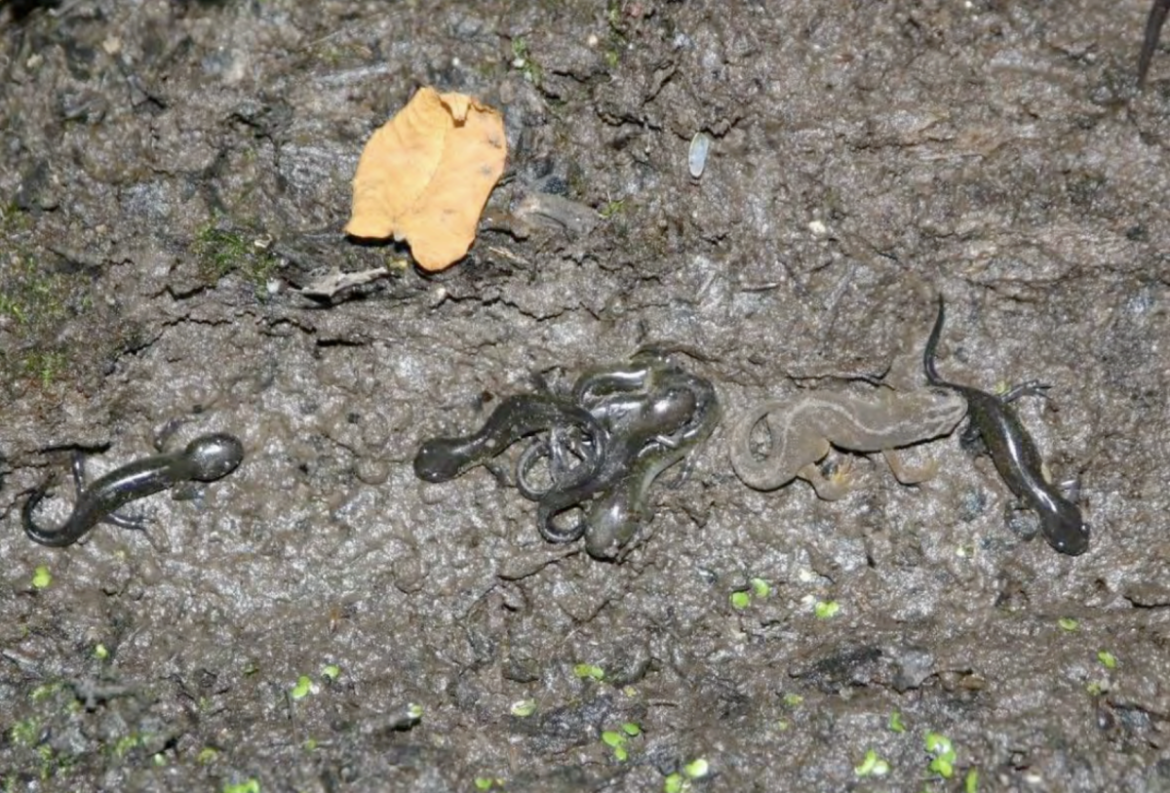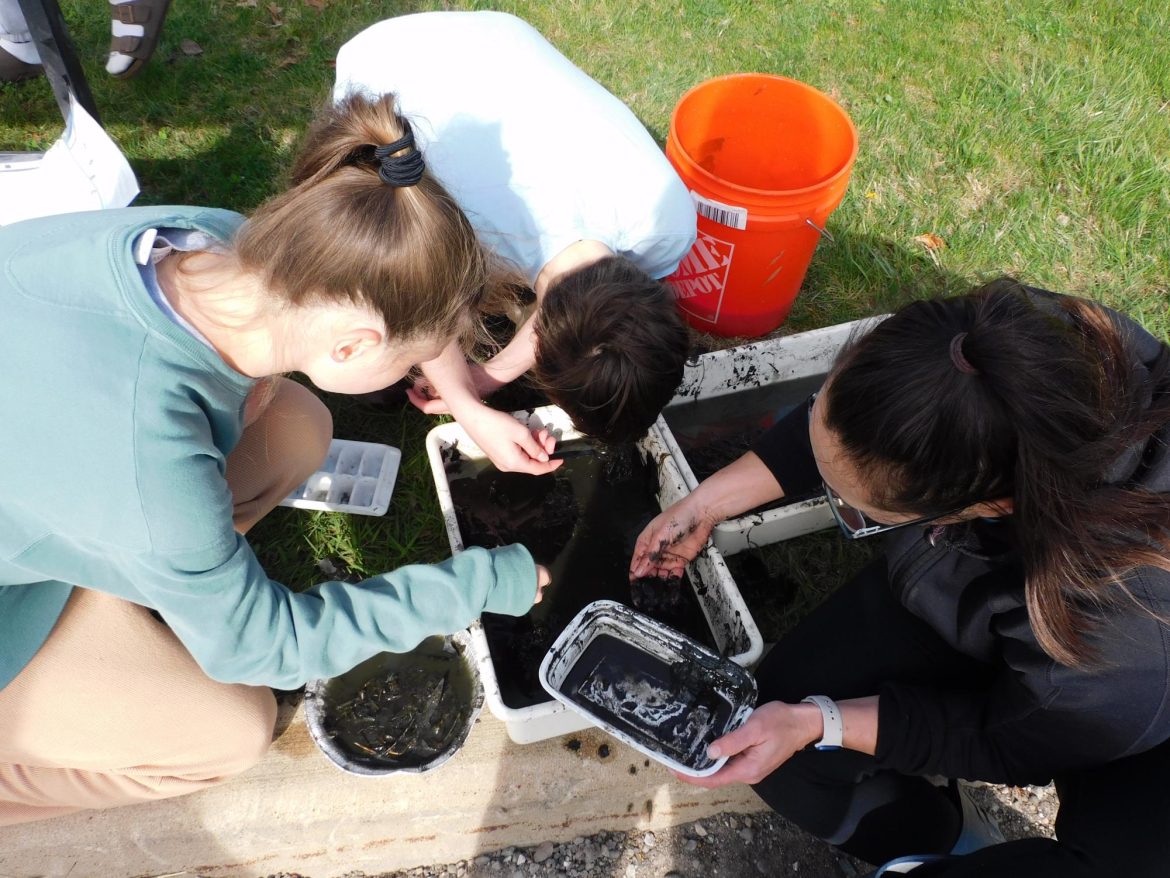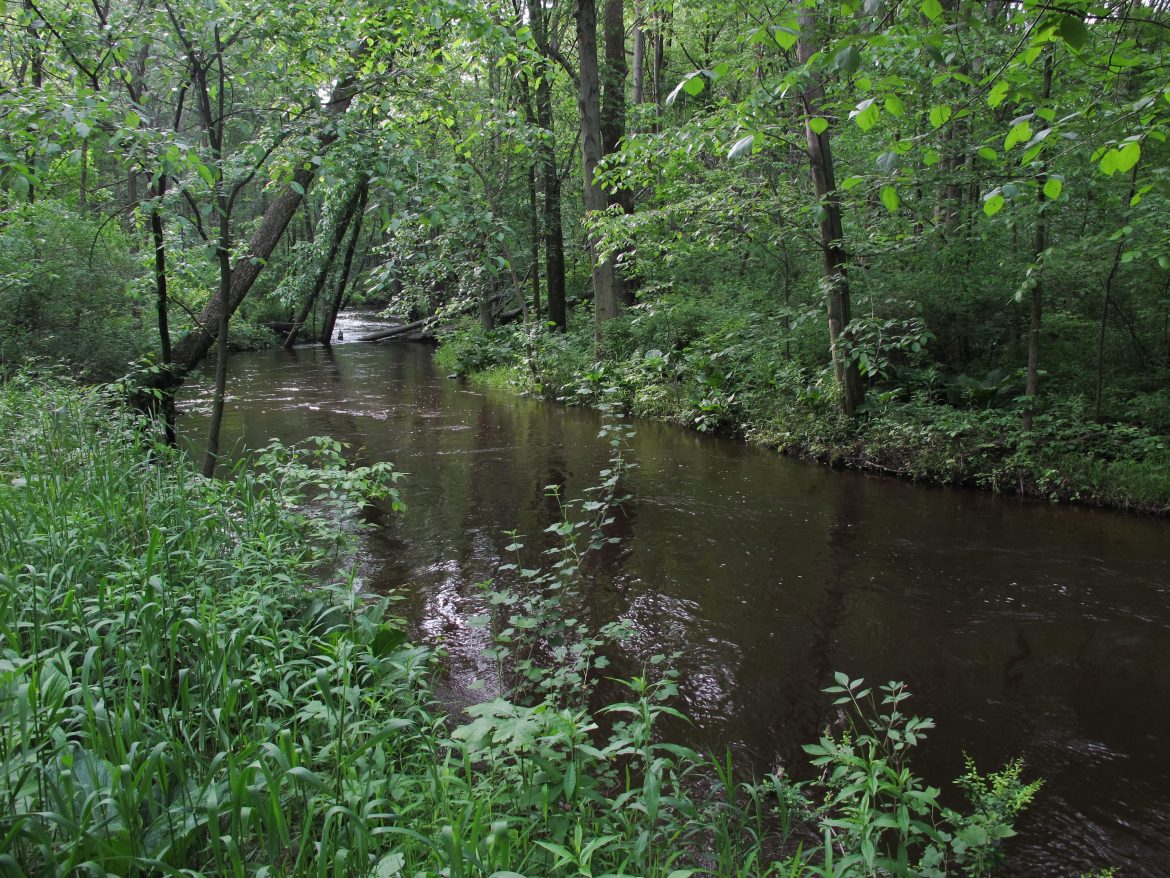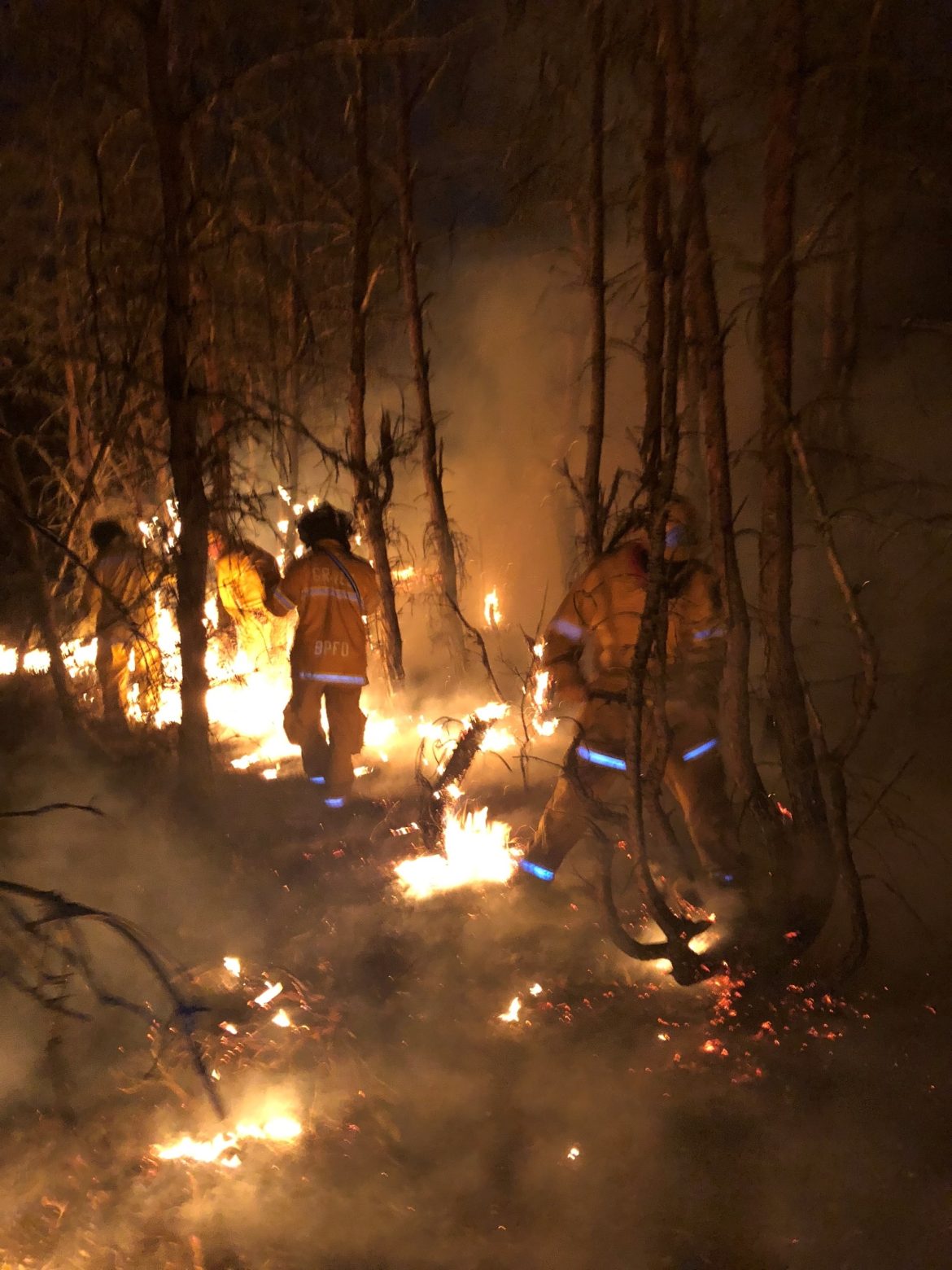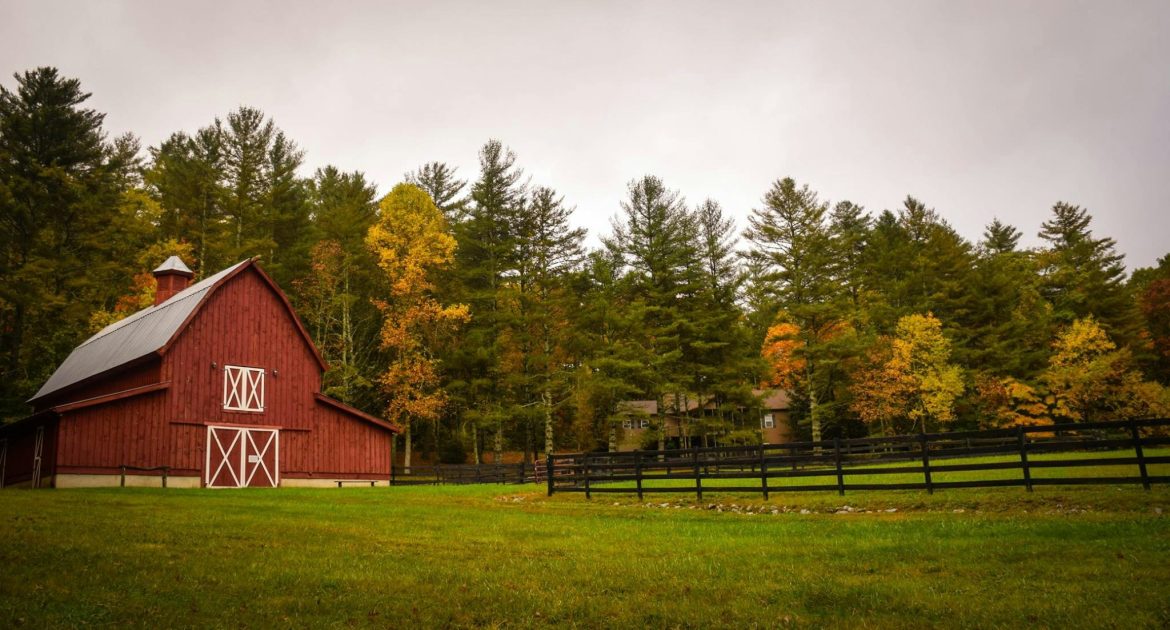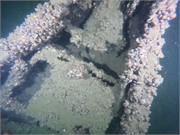Land
New book digs into Indigenous cuisine through archaeology, culture and ecology
|
By Isabella Figueroa
In a new book, archeologists who study past societies of the Great Lakes and Midwest agree “you are what you eat,” but they say there’s a lot more to it than that. It’s also how we eat: the ways we “prepare, cook and consume” those foods are influenced by our history, family and natural environment.The book’s essays use the concept of cuisine to go beyond ingredients when studying thousand-year old foodways in regions that now make up Michigan, Indiana, Illinois, Wisconsin and other states.


